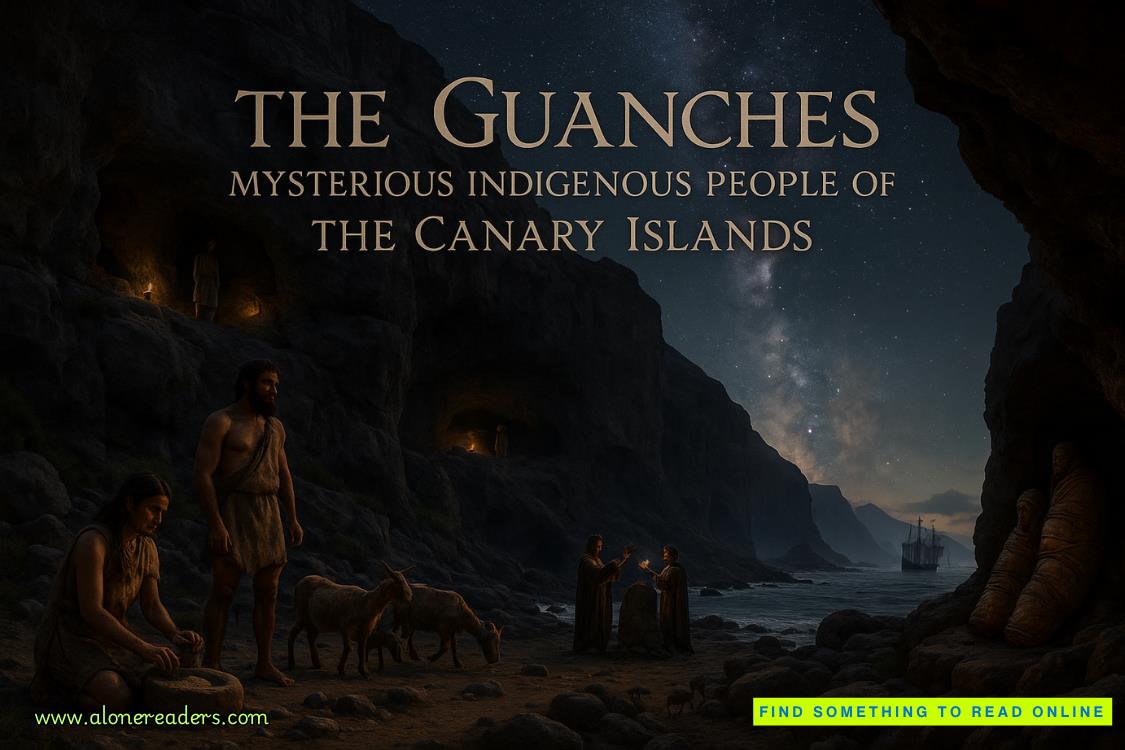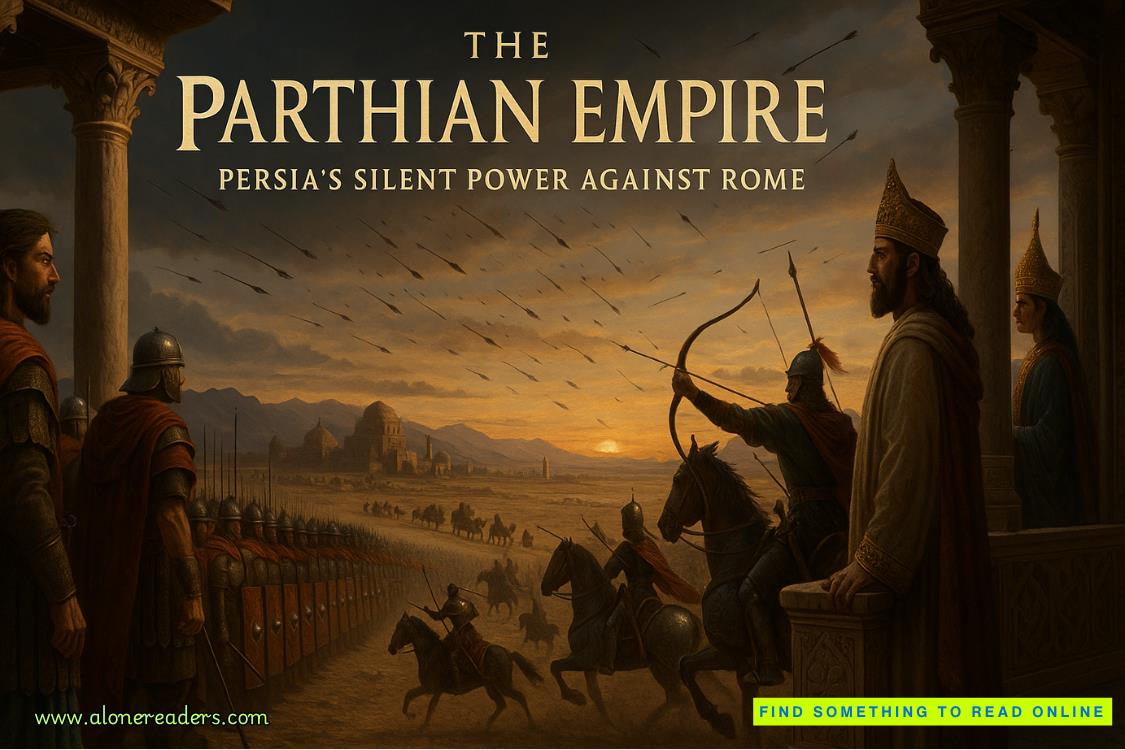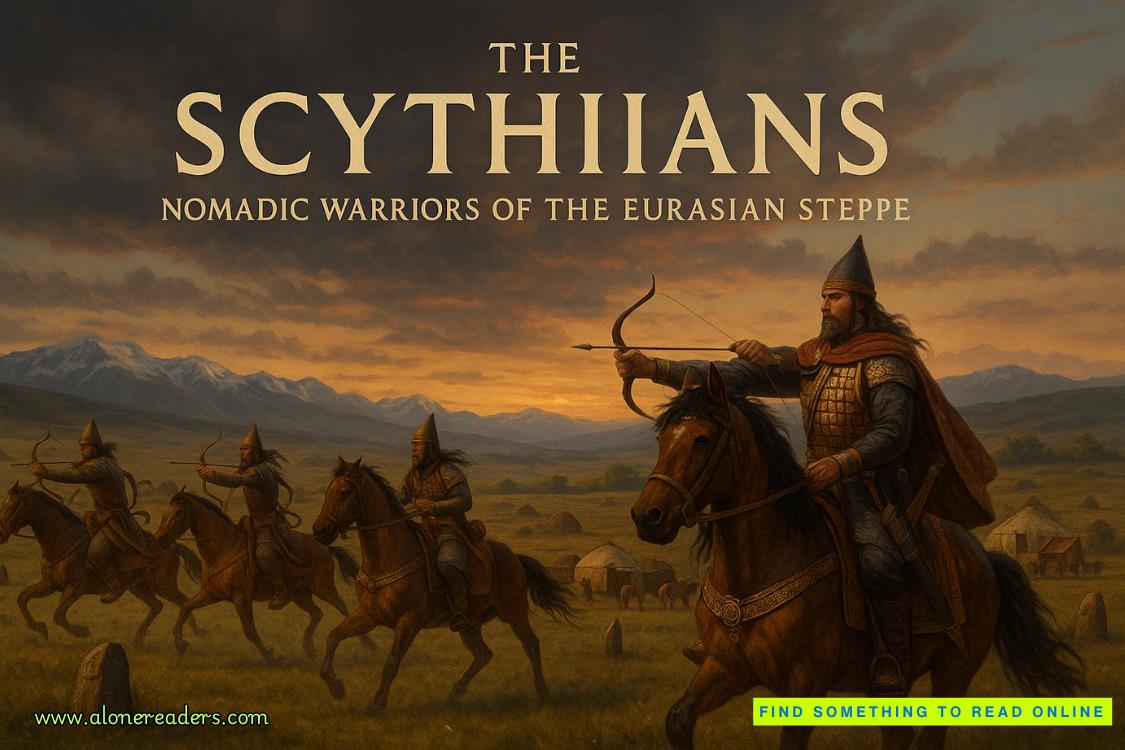Page 44 of BZRK: Reloaded (BZRK 2)
They wound the tape efficiently around her wrists. The one named Zoob searched her pockets, found the cell phone, switched it off, and stuck it in his jacket pocket.
The Russian laughed. “You’re just saying? Listen, stupid boy: we grab a villager, that’s what they want, yes? Good. So if the mate finds out that we also picked up cigarettes and Cognac on the way, well, we can make him happy, da? ‘Here, Dragoslav, have a bottle, have two packs.’ No problem, right? But you don’t mess with the villagers.”
Zoob hauled Minako up off the sand as if she weighed nothing. He casually tossed her over one shoulder and walked to the Zodiac. He set her in the bottom where water sloshed several inches deep.
“Get this straight, KimKim, before dig your own grave. This isn’t the merchant marine,” Zoob said as they gunned the outboard engine. “This is the Doll Ship. There are rules that you can break … and maybe you get some extra punishment duty. But. But there are other rules that if you break, you find yourself trying to swim ashore from twenty miles out with six feet of chain around your ankles.”
The young one thought that over. Then said, “Nah.”
But nevertheless, Minako had made it to the ship unharmed.
What they had done instead was ignore her outraged protests and pleas. For six days she had been in this place, and all they had done was show her videos from some group called Nexus Humanus. And she’d been given reading materials, also from Nexus Humanus. Mostly she’d been told about her benefactors—Charles and Benjamin Armstrong, the Great Souls.
And she had been assigned a “lodge” in Benjaminia.
The steel sphere that was Benjaminia had nine levels. Each level was a steel catwalk that went all the way around the sphere. Level 5 was the largest. The circumference of the sphere was 125 meters at that point.
But Minako was not assigned to level 5—a prime number. She was given a lodge on level 4. Four was not a good number for her. Worse yet, her lodge was one of fourteen lodges on her level. Each lodge was a slightly wedge-shaped space—wider at the outer edge where it met the nickel sphere and narrower where it opened onto the connecting catwalk.
There was a raised metal IKEA bunk bolted down. Beneath that bunk, a desk and chair. There was the sort of tiny bathroom you might find on a boat—a toilet, a sink you could barely fit your hands into, and a shower that used the entire bathroom as a stall.
The bathroom was the only place where there was any privacy. The rest of the lodge was open metal grille below and above. Minako could look up and see the soles of the shoes of the man who lived up there. When she looked down, she saw the girl who lived beneath her on level 3.
She was not allowed to talk to either. Talking was done only out on the connecting catwalk or down on the assembly floor. And there was no point.
Every conversation:
“I’ve been kidnapped. I want to go home. I want my mother!”
“You’ve been liberated, freed! Wait until you see. Wait until you understand!”
“I don’t want to be here. What is this awful place?”
“We call it the Doll Ship. We’re like the beloved toys of the Great Souls. It’s so happy here!”
The words would change, but never the conclusion, never the message, never the smiling acceptance.
They loved her. She was going to be so happy.
The top of the sphere was the big painting, the one that showed God the Father and Charles Darwin. Between those two was a disturbing creature that could only be meant as some sort of metaphor. It showed a completely—embarrassingly—nude man with what amounted to two heads. The two heads were seemingly joined together, allowing for a third eye.
Minako figured the third eye was meant to evoke wisdom and knowledge. The possibility that this painting—and that third eye— was anything other than a metaphor did not occur to her. It simply never occurred to her that the sky painting was of a real person.
There were seventy-six people in Benjaminia, but there were lodges for more. The residents of the sphere—the town—ranged in age from ten or eleven, on up to middle age. And all of them she had encountered—all of them—were happy.
Very happy.
Consistently, sustainably, happy. It was a madhouse. A floating insane asylum. A lunatic cult hidden inside a liquefied natural gas ship.
At the announcement that the Great Souls would be coming for a visit, the residents were more than happy. Word had come over the public address system and everyone had come rushing from their lodges and raced down the spiral staircases to the assembly floor to hug and cry tears of joy. It reminded Minako in some way of a nightmare version of The Wizard of Oz. No Munchkins or witches, but a terrible falseness and suppressed hysteria in everything.
They said she would understand soon. Someone they called Toblerone—like the chocolate bar—had taken sick, so they were without an adjustor until he recovered. But don’t worry, Minako, they said, Toblerone will be back, or someone just like him, and your happiness will be assured.
You will be as happy as any of us.
Have you watched the third video? Wasn’t it the best ever?
Have you read the pamphlet titled “Youth and Happiness: They Really Do Go Together”? Didn’t you find it amazing?















